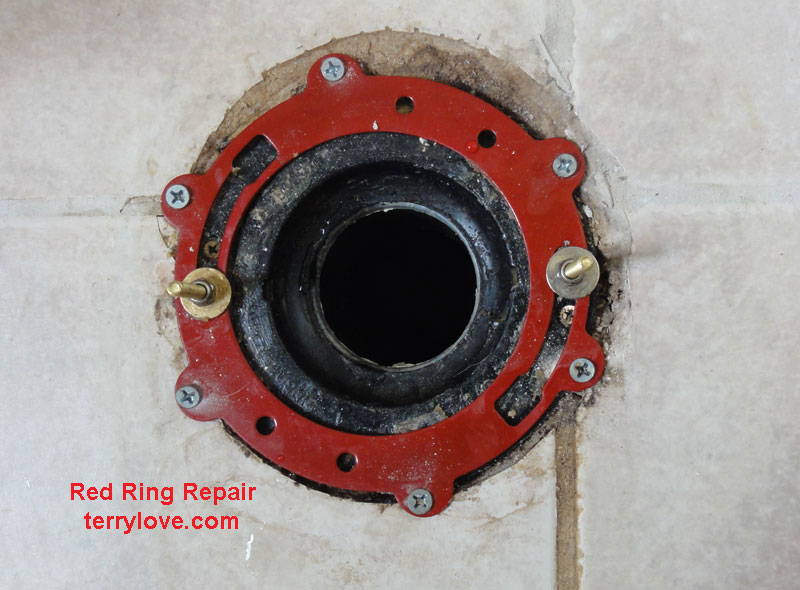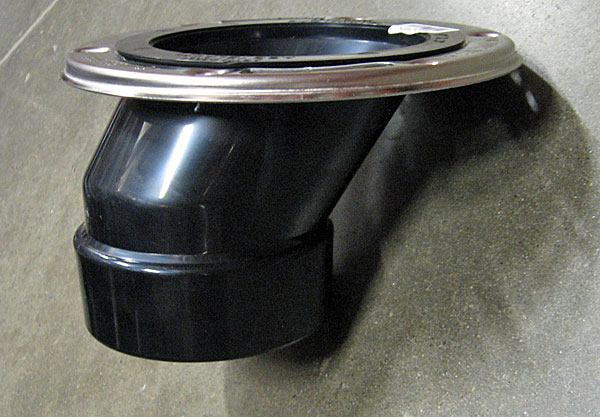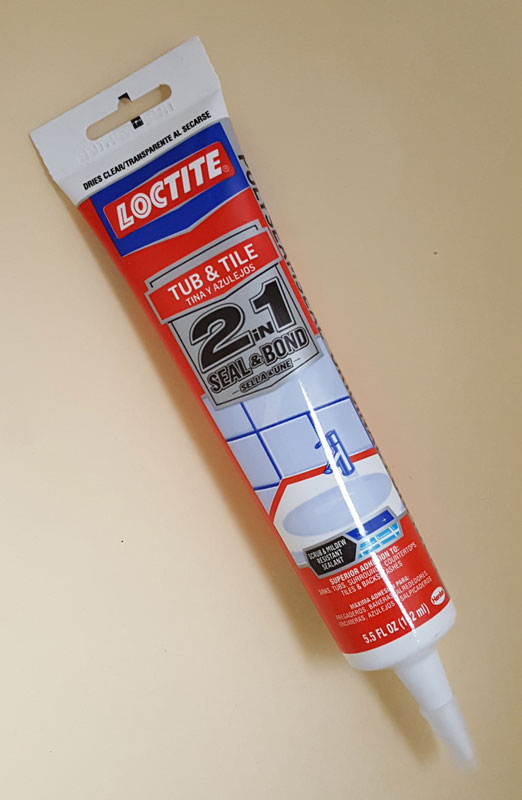Let me preface this by stating that this is my first toilet replacement, so please forgive me if I'm unclear or skip some important details. 
About a year ago, our toilet in the kids' bathroom started leaking out of the bottom, so we called a plumber, who came out with an assistant, and he replaced the wax ring. He also told us that the toilet (original to the house, now 30 years old) needed to be replaced in the not-too-distant future. Plus, one of our kids tends to "withhold" and then clogs the toilet when she finally goes, so it was time to replace it.
I was able to remove the old toilet without a hitch. It's in a small room, so it has a 10" rough in. After I removed the toilet, and then removed the t-bolts and wax ring, I saw that it was a weird, oval offset flange. (I had never seen anything like it, but I understand from various comments that these are pretty awful in general). This is looking straight down, where the pipe opening is at the back wall near the water supply, and the "bottom" of the picture is where the front of the toilet bowl goes.

My problem came when I tried to place the new t-bolts that came with the new toilet - they would not stay in place. Apparently, somehow, the outer "edges" of where the t-bolts slide in are actually raised up, so that they are not level with the rest of the flange. I suspect that someone, somewhere along the line (perhaps the most recent plumbers - I have no idea) may have cranked down too hard on the bolts when screwing the toilet nuts in. Or, it's just a junky old flange. The picture below (if I've done it right) shows the flange from the floor itself, where you can see just how badly the right outer edge is raised from the floor. The left outer edge doesn't look as bad, but it is.

When I tried to tighten the t-bolts (not too hard, but enough to keep them from moving), they would angle inward at about 20 degrees or so. The two pictures below are the right edge, followed by the left edge.


And, finally, this last picture is at a side angle. The red marks on the tile are 10 inches from the wall, where the rough in for the bolt locations would be. Also, the pipe has a 3" diameter.

My problem is, as y'all have probably surmised, I cannot get the new toilet to sit on the flange with the edges flared up the way they are. This bathroom is in a one story house with a concrete subfloor. When we bought the house in 1997, it had linoleum flooring, and we paid a flooring company to install the tiles around 2001 or so.
I've had various bits of advice from different people at the hardware store, as well as friends who are somewhat familiar with plumbing. One suggestion was to get a flange replacement ring, and affix it on top of my current flange without removing the current flange ring. However, I'm concerned that by doing so, I'll still have the "bump" which would prevent the replacement ring from affixing correctly. Another suggestion is to remove the flange entirely and install a new, round offset flange, but I have no idea how tight of a space it is or how much concrete I'd have to chip away to do this. Plus, I'm really not looking forward to that big of a job.
And, finally, resources are very tight and I really can't afford to have a plumber come in and fix this (unless I wait for tax refund time). If I have no choice, well, then that's what I'll do, but I'd really like to know if there is a way I can fix this without turning it into an expensive nightmare!
I appreciate your time in reading this, and any suggestions y'all might have!
Thanks,
Jeff
About a year ago, our toilet in the kids' bathroom started leaking out of the bottom, so we called a plumber, who came out with an assistant, and he replaced the wax ring. He also told us that the toilet (original to the house, now 30 years old) needed to be replaced in the not-too-distant future. Plus, one of our kids tends to "withhold" and then clogs the toilet when she finally goes, so it was time to replace it.
I was able to remove the old toilet without a hitch. It's in a small room, so it has a 10" rough in. After I removed the toilet, and then removed the t-bolts and wax ring, I saw that it was a weird, oval offset flange. (I had never seen anything like it, but I understand from various comments that these are pretty awful in general). This is looking straight down, where the pipe opening is at the back wall near the water supply, and the "bottom" of the picture is where the front of the toilet bowl goes.

My problem came when I tried to place the new t-bolts that came with the new toilet - they would not stay in place. Apparently, somehow, the outer "edges" of where the t-bolts slide in are actually raised up, so that they are not level with the rest of the flange. I suspect that someone, somewhere along the line (perhaps the most recent plumbers - I have no idea) may have cranked down too hard on the bolts when screwing the toilet nuts in. Or, it's just a junky old flange. The picture below (if I've done it right) shows the flange from the floor itself, where you can see just how badly the right outer edge is raised from the floor. The left outer edge doesn't look as bad, but it is.

When I tried to tighten the t-bolts (not too hard, but enough to keep them from moving), they would angle inward at about 20 degrees or so. The two pictures below are the right edge, followed by the left edge.


And, finally, this last picture is at a side angle. The red marks on the tile are 10 inches from the wall, where the rough in for the bolt locations would be. Also, the pipe has a 3" diameter.

My problem is, as y'all have probably surmised, I cannot get the new toilet to sit on the flange with the edges flared up the way they are. This bathroom is in a one story house with a concrete subfloor. When we bought the house in 1997, it had linoleum flooring, and we paid a flooring company to install the tiles around 2001 or so.
I've had various bits of advice from different people at the hardware store, as well as friends who are somewhat familiar with plumbing. One suggestion was to get a flange replacement ring, and affix it on top of my current flange without removing the current flange ring. However, I'm concerned that by doing so, I'll still have the "bump" which would prevent the replacement ring from affixing correctly. Another suggestion is to remove the flange entirely and install a new, round offset flange, but I have no idea how tight of a space it is or how much concrete I'd have to chip away to do this. Plus, I'm really not looking forward to that big of a job.
And, finally, resources are very tight and I really can't afford to have a plumber come in and fix this (unless I wait for tax refund time). If I have no choice, well, then that's what I'll do, but I'd really like to know if there is a way I can fix this without turning it into an expensive nightmare!
I appreciate your time in reading this, and any suggestions y'all might have!
Thanks,
Jeff







